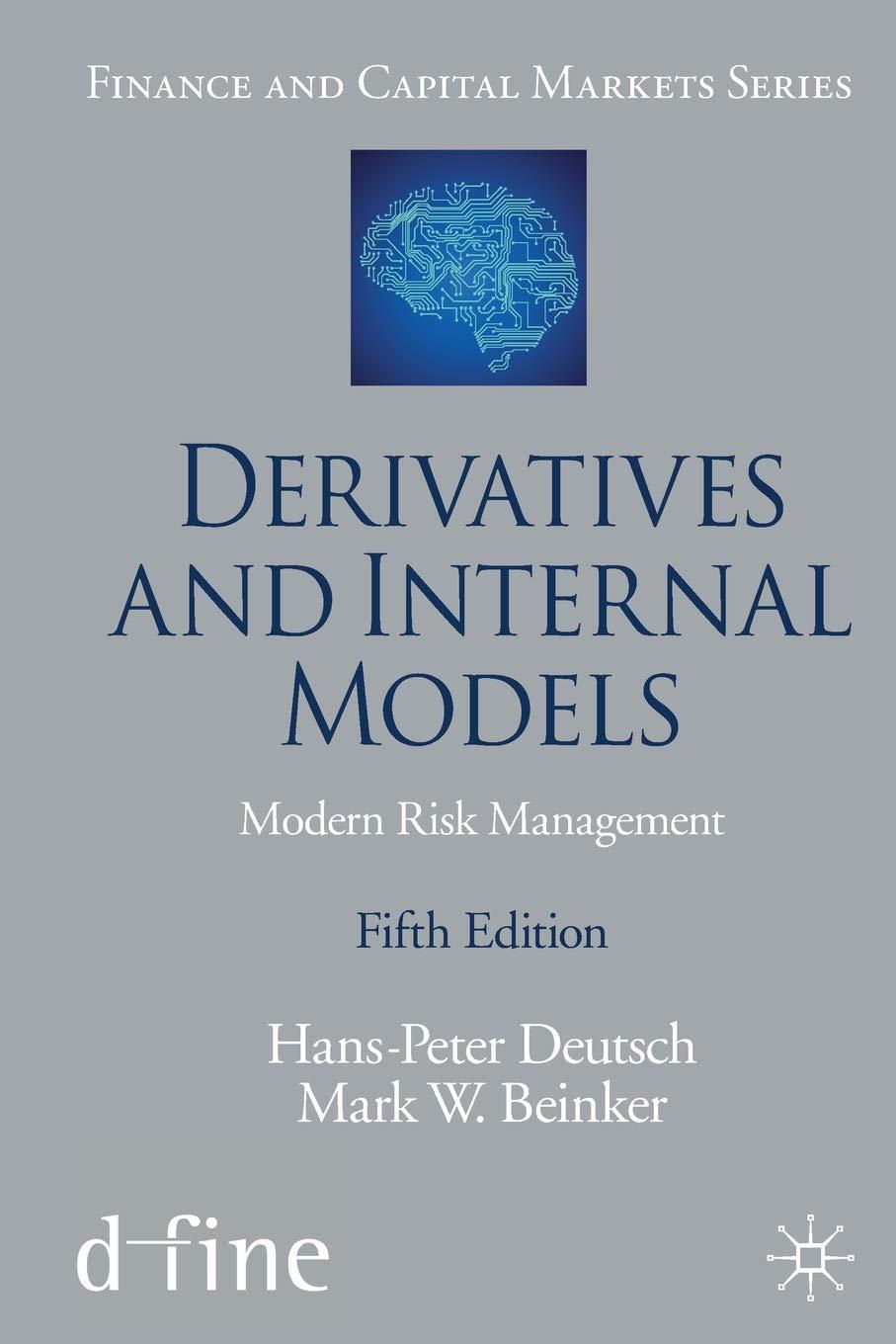1. You are considering the purchase of two stocks, A and B. The initial price of each stock is $100. The prices of the stocks at the end of the year depend on the state of the economy over the year as follows (neither stock pays a dividend): Price in One Year State of Economy Probability Stock A Stock B Boom .35 120 128 Moderate Growth .50 110 116 Recession .15 92 82 a. What are the expected rates of return and standard deviations for A and B? b. If the risk-free rate is 5%, what is the risk premium on stock A? What is the risk premium on stock B? Which stock has the better risk-reward tradeoff as measured by the Sharpe ratio? c. A European put option on one underlying share of stock B with a strike price of S116 and time to expiration of 1 year has a premium of $12. Consider a portfolio where you buy one share of stock B and buy one put option. What is the one-year holding period retum on this portfolio for each state of the economy? What is the expected retum on the portfolio? What is the standard deviation? In what sense does buying the put option when you own the stock constitute a purchase of insurance in this case? d. Assess your own risk tolerance using the questionnaire in your text on pages 174-175 (pages 166-167 in version 9). If you are a conservative investor, set A-7. If you are a moderate investor, set A=5. If you are an aggressive investor, set A=3. Your utility function is U=r - 1 Ao?. You can invest in either Stock A or T-bills (risk-free rate=5%). What is your certainty equivalent rate of return? Which will you choose? What is the level of risk a version for which the investor is indifferent between Stock A and T-bills? 2. Consider a risky asset, P, with the following expected returns and risk: Asset Expected Return Standard Deviation 8.65% 13.15% The T-bill rate is 3% a. Consider a risk averse investor with A-7 (utility function Ur-1A0). The investor has $500,000 to invest. For this investor, construct the optimal complete portfolio of the risky asset P and T-bills. How much should the investor allocate to the risky asset? How much to T-bills? What are the expected return and risk (standard deviation) of the optimal complete portfolio? Graph your results. b. Consider an investor with A=4 and $500,000 to invest. How will that investor's optimal complete portfolio allocation differ from the investor in part a.? How much should the investor allocate to the risky asset, P? How much to T-bills? What is the expected retum and risk (standard deviation) of the optimal complete portfolio? Graph your results in the graph for part a. c. Your cousin has $500,000 to invest. Your cousin would like you to allocate his wealth between risky asset P and T-bills to achieve an expected return of 6.75% and a standard deviation of 8%. What portfolio allocation will result in an expected return of 7%? What portfolio allocation will result in a standard deviation of 7%? Is your cousin's desired allocation possible? Where does your cousin's desired allocation lie relative to the capital allocation line? d. Consider again the investor with A=7. Solve for the portfolio allocation between risky asset P and T-bills with a higher risk-free rate of 4%, everything else unchanged. What are the expected return and risk of this allocation? Demonstrate numerically and graphically that utility is higher with the higher risk-free rate (higher than your results in part a.). e. When the risk-free rate is 3%, for what level of risk aversion will an investor choose a complete portfolio of only risky asset P? f. Solve for the optimal complete portfolio allocation between risky asset P and T-bills when A=2.5 and the T-bill rate is 3%. Consider now a higher risk-free rate of 4%, everything else unchanged. Demonstrate numerically that utility is lower with the higher risk-free rate. g. Explain why utility declines in the latter case (A=2.5), and increases in the former case (A-7). h. Consider again the investor with A-2.5, and a risk-free rate = 3%. Now, when the investor wants to buy the risky asset on margin, he can't borrow at the risk-free rate. The borrowing rate is 3.75%. What is the investor's optimal allocation to the risky asset, P? At what borrowing rate will this investor no longer buy on margin (1.e., y = 1)








